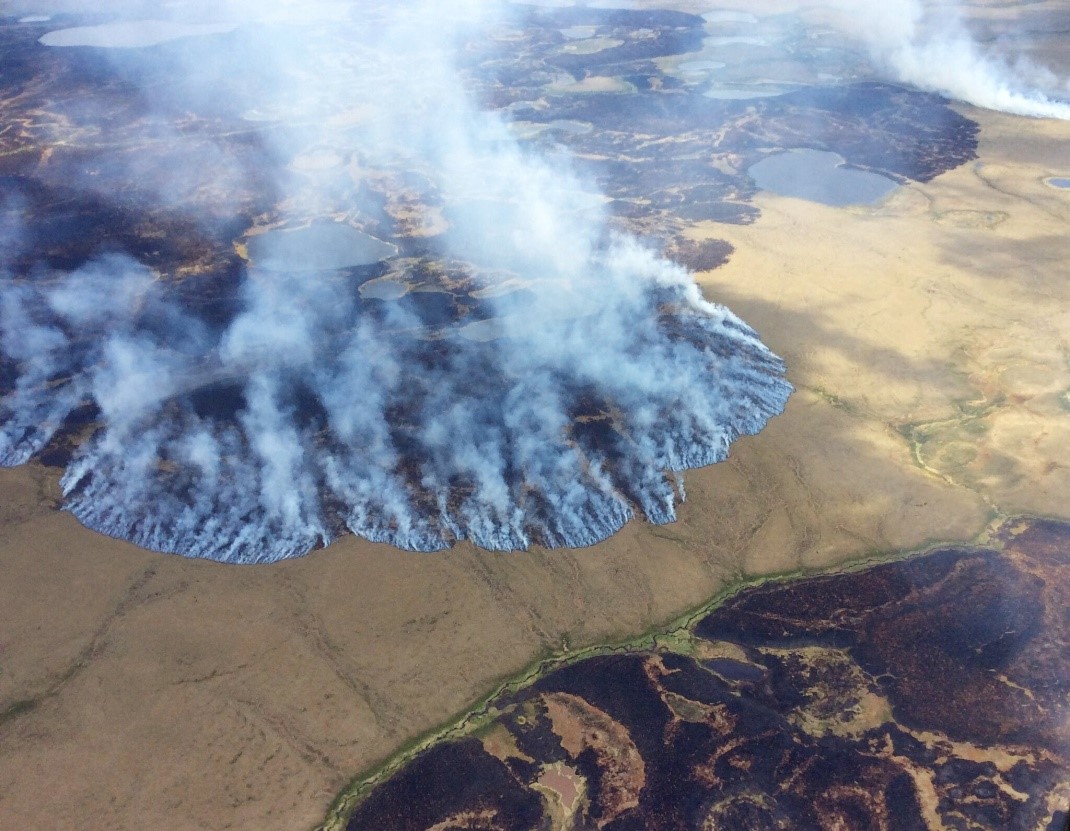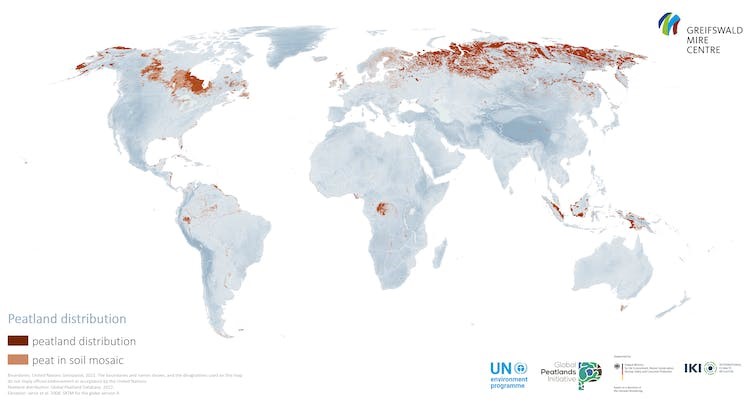Description

Disclaimer: Copyright infringement not intended.
Context
- Instances of zombie fires are rising in north and the Arctic due to increase in temperature.
- In U.S. and Canada, Widespread thick layers of smoke due to these wildfires lead to orange sky, air pollution and related health problems.
- The scenario is providing a peak into a dry and a bleak future.

Zombie fires
- Wildfires not only affect trees and grasses but move into the ground also.
- Zombie fires refer to such underground fires which are present underground, sustain a season and reignite when there is an increase in temperature.
- For instance in carbon-rich peatlands of Canada, fire smoulders dozens of feet underground.
- It is a fire left from a previous growing season.
Affected Area of Arctic peat –
- If we consider previous 40 years, last 8 years contributed to 70% cases of such fires.
- The 30% contribution comes from year 2020 alone.

Disclaimer: Copyright infringement not intended.
Concerns/Implications of frequent Zombie fires
- Drying of organic-rich Arctic soils – it leads to burning and releasing enormous amounts of smoke into the atmosphere.
- Underground fires are quite hard to tame even for firefighters and are dangerous.
- Hence damage inflicted is more and the resources required to extinguish fires are more.
- Zombie fires may result into ground instability, hence it becomes risky to use heavy equipment for fire extinguishing there.
- Such fires have a long life.
- For instance, Arctic soil fires sustain winters and during early spring can reignite with the rise in temperature.
Warming of Arctic
- The main reason for warming arctic and frequent instances of zombie fires is rising temperatures in arctic.
- Compare to the rest of the world it is warming nearly four times faste It is known as Arctic amplification.
- In the arctic region a 2 degree C (3.6 F) increase in temperature is seen compared with pre-industrial times.
Implications
- Taiga and Tundra forests become more susceptible to such burning.
- Dead plant material in peat soil rich burn at a faster pace.
- Insulating layer of permafrost, frozen carbon-rich soil of arctic, is removed.
- Such wildfires lead to many health complications and put people's health at risk.
Way Ahead/Hope for Future
- Understanding the full extent and potential of zombie fires in Arctic region.
- Some studies suggest that underground fires were most prevalent in tree roots than in soil hence low carbon emissions.
- More Firefighters should be trained accordingly to deal effectively with such instances.
- Best practices to fight zombie fires are to be implemented and awareness to be be generated in public.
- More focus and immediate actions to curb human-induced climate change, temperature to be more specific.

Must Read Article:
Zombie fires
https://www.iasgyan.in/blogs/zombie-fires
|
PRACTICE QUESTION
What are Zombie fires? Explain by highlighting the associated threats/risks to humans and environment. Also discuss the measures needed to deal with increasing instances of such underground fires. (150 words)
|
https://www.downtoearth.org.in/blog/climate-change/-zombie-fires-in-the-arctic-canada-s-extreme-wildfire-season-offers-a-glimpse-of-new-risks-in-a-warmer-drier-future-90711
















